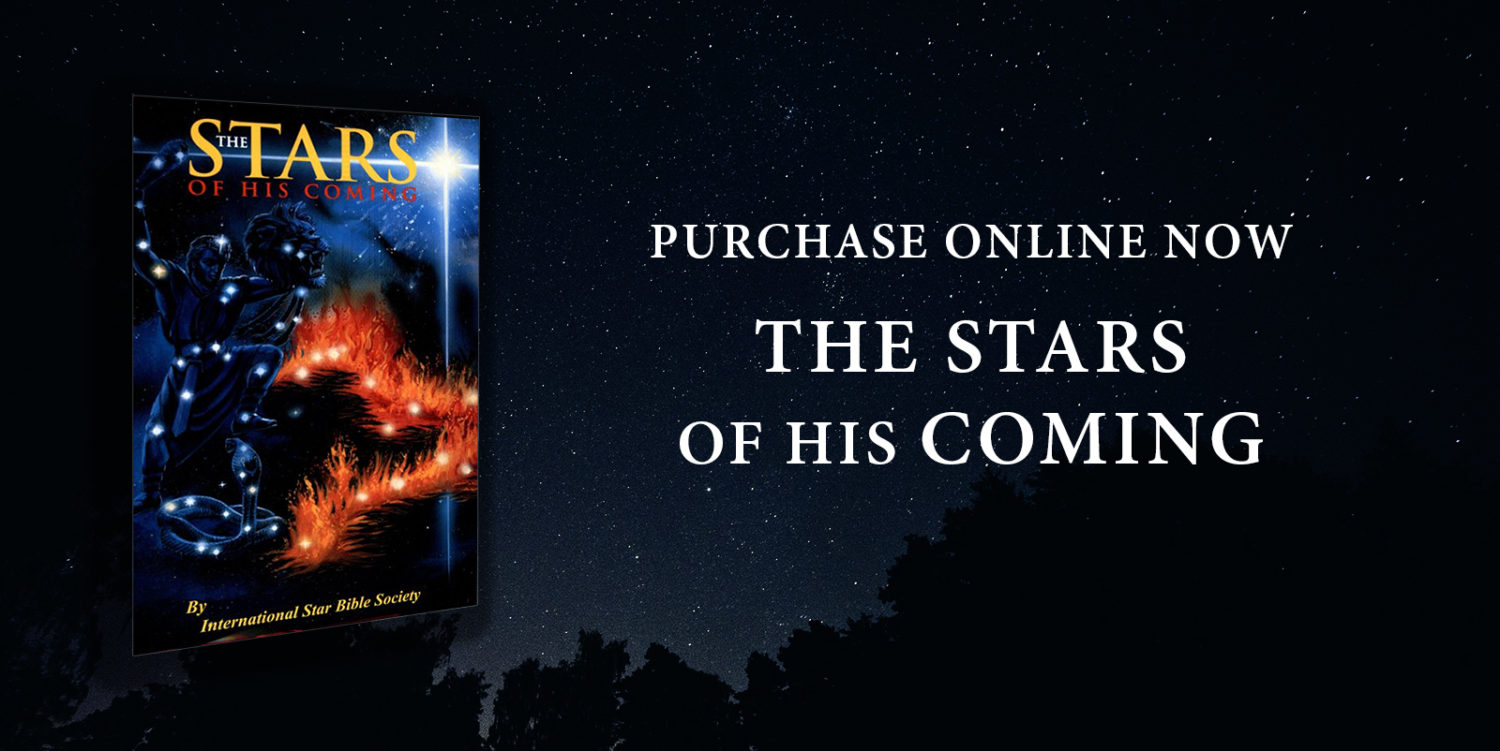The first Solar Eclipse since 2010 moves across the South Pacific between Chili and Australia on November 13 and 14, 2012.
Solar Eclipses occur when the New Moon comes between the Sun and the Earth, and the Moon is in the portion of its angled orbit directly in line with the Sun. The interaction between the monthly orbit of the Moon and the Eclipse sweet spot in its orbit produce Eclipses that at seemingly irregular intervals. However, eclipse cycles run over predictable periods such as the Saros cycle, every 18.03 years for about 1,260 years, and the Inex cycle, every 28.94 years for about 1,504 years. These cycles can be seen in redemptive history and form a part of the signs in the “Sun, Moon, and Stars” which herald Christ’s Second Coming.
An Eclipse causes the Sun to be blotted out and darkness covers the land, reminiscent of the darkness attributable to the Day of the Lord (see Amos 5:20). The Hebrew Feast of Trumpets, pointing to Christ return on the Day of the Lord, is the only Hebrew feast day set on
the first day of the lunar month when the darkness of a Solar Eclipse could occur. Interestingly, there will be Solar Eclipses on the Feast of Trumpets in 2080, 2099, 2118, and 2137, which may be signs of the return of Christ.
Thus the 2012 Solar Eclipse reminds us to keep looking expectantly for Christ’s return.

